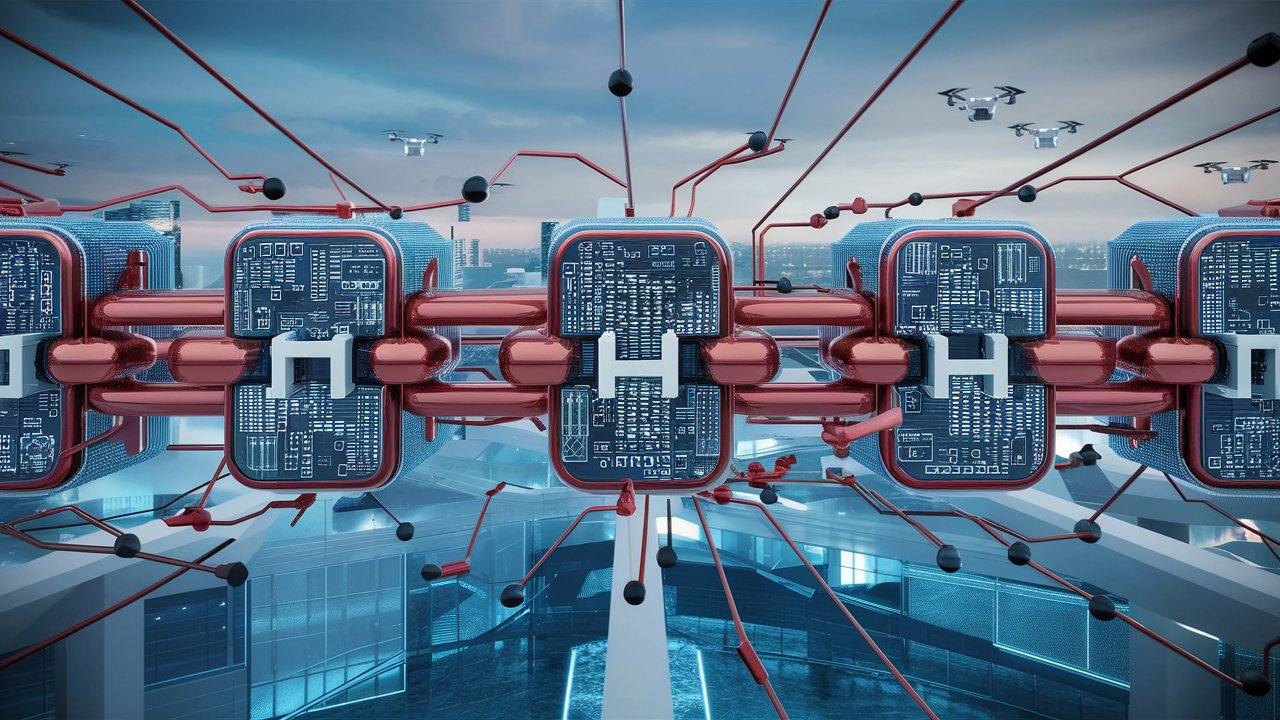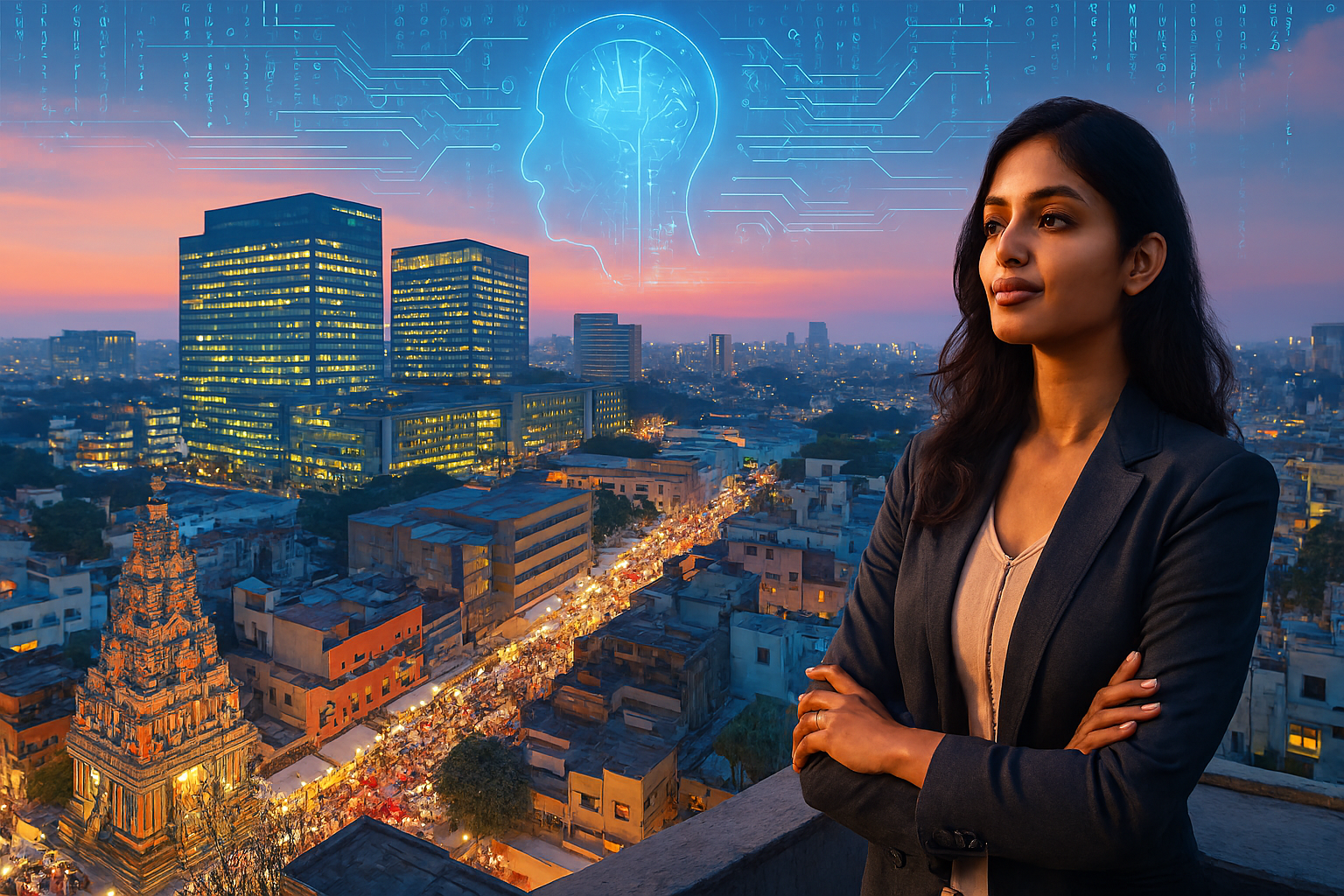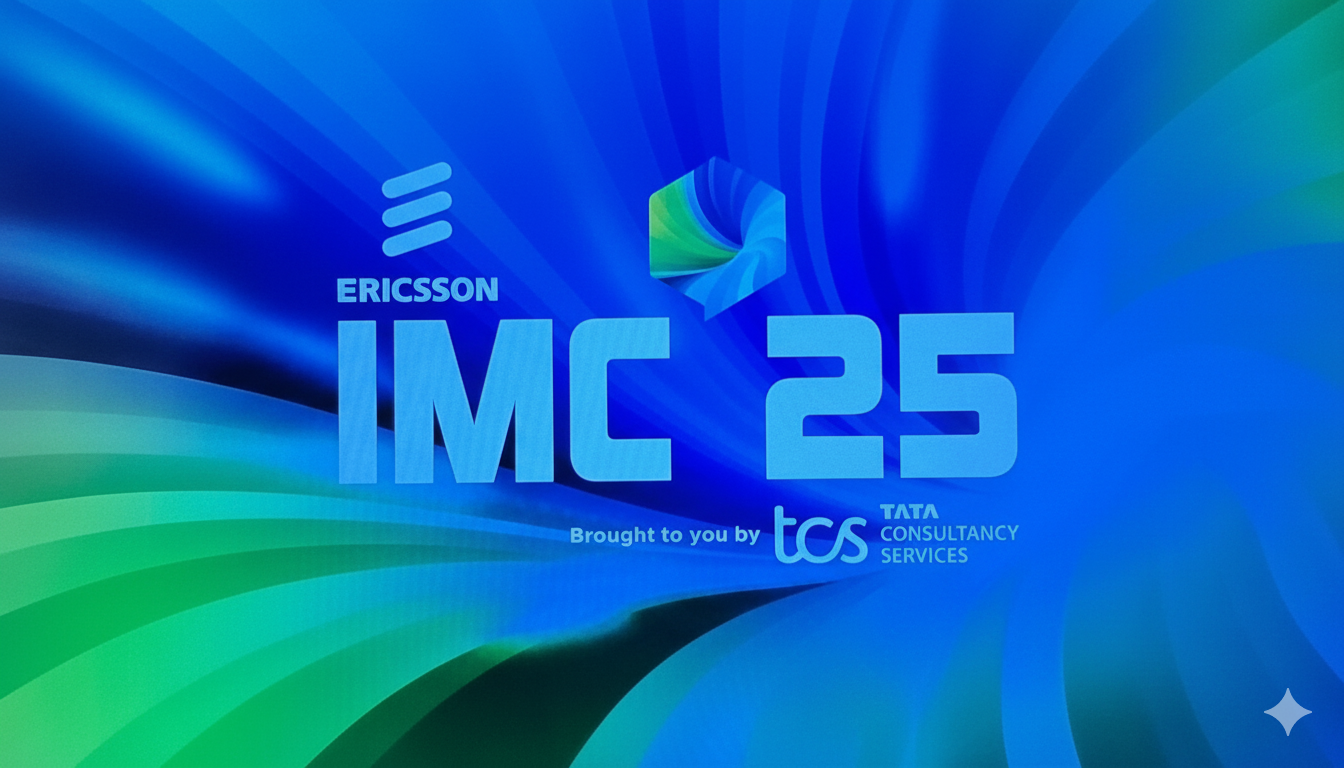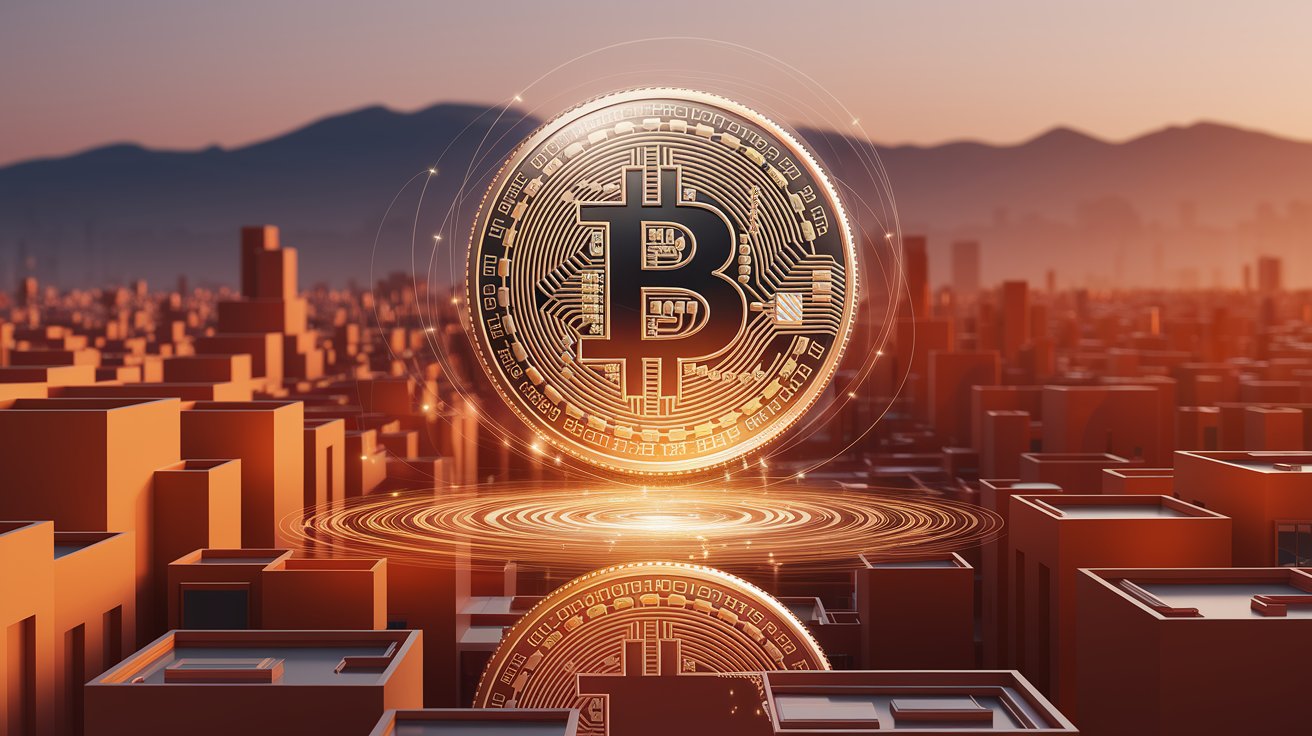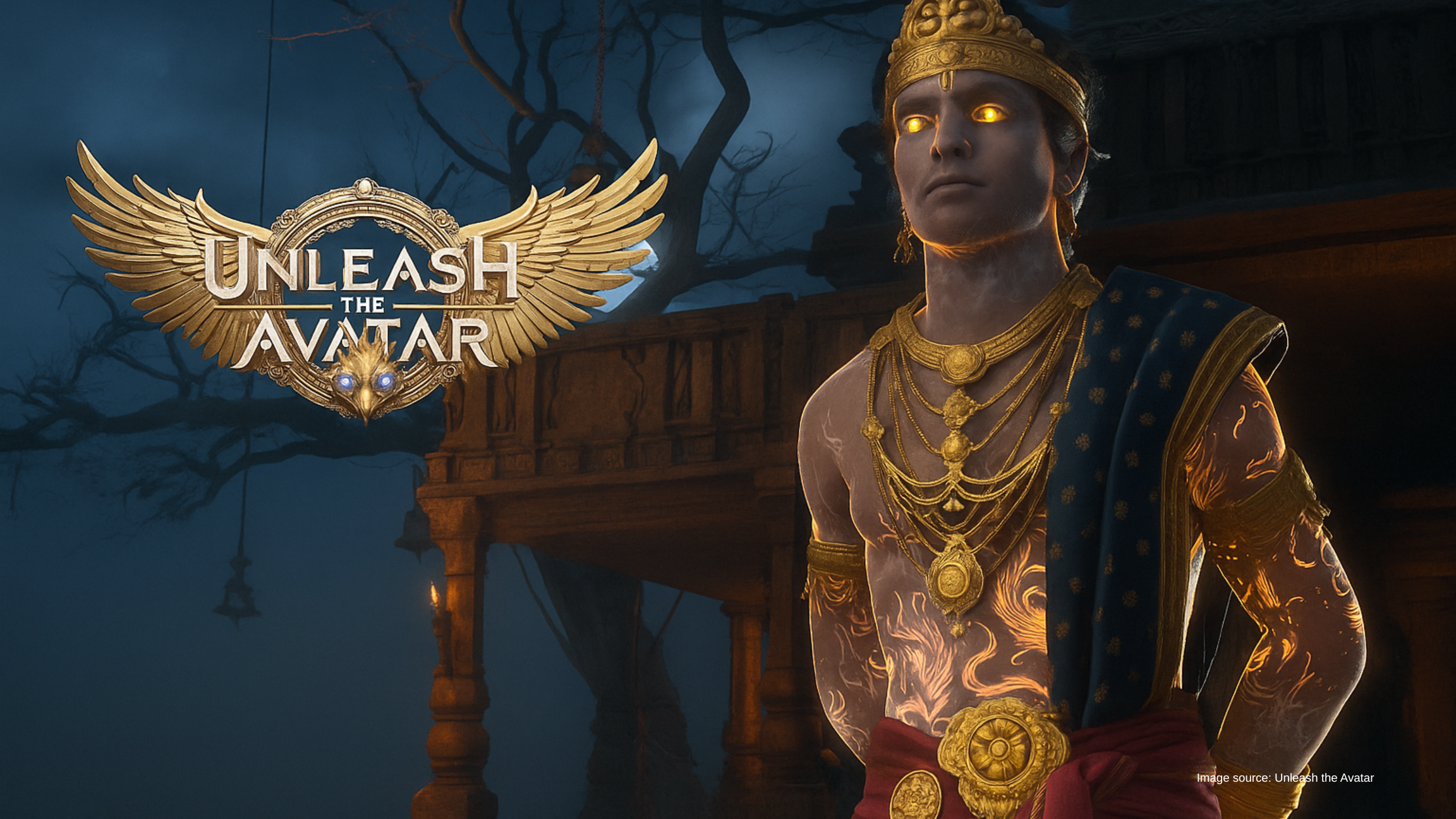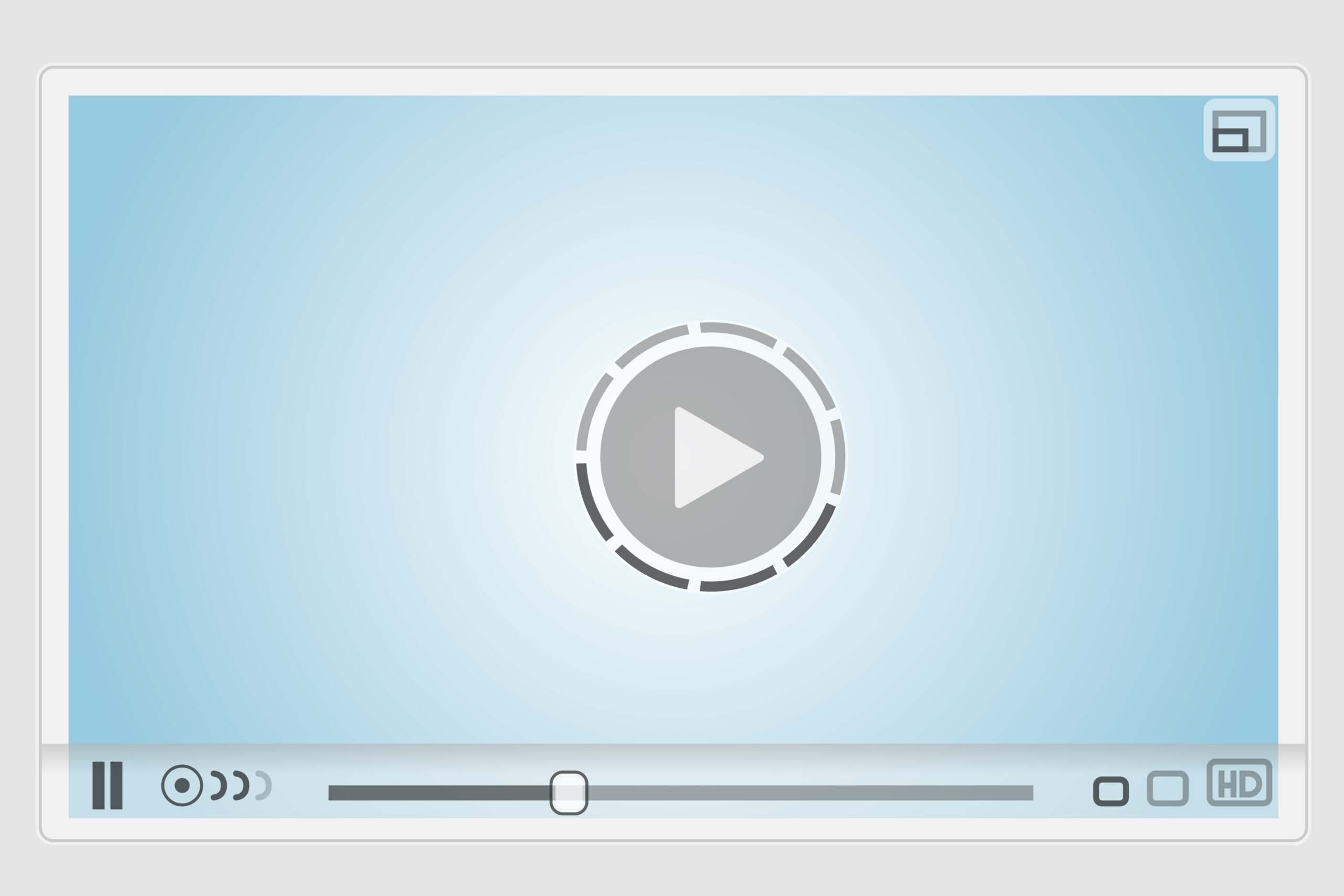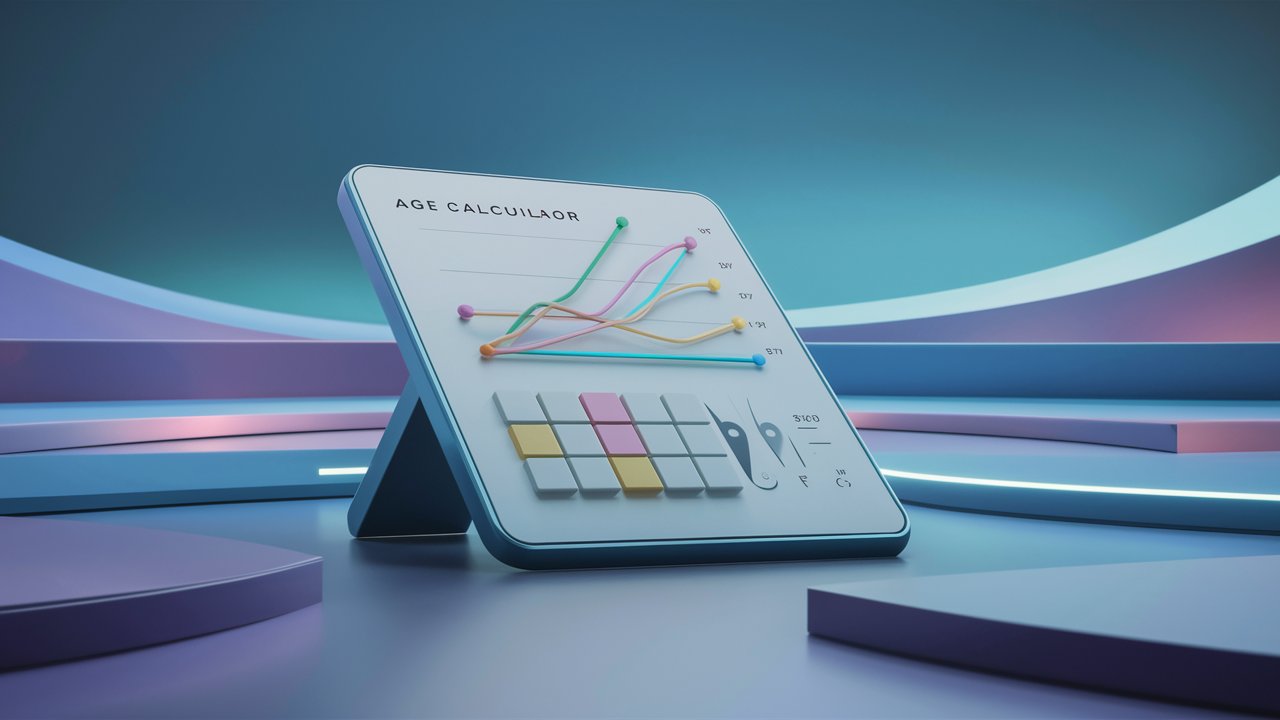- Home
- /
- Courses
- /
- Fundamentals of Web3.0
- /
- G. Decentralized Autonomous Organizations (DAOs)
Introduction
Decentralized Autonomous Organizations, or DAOs, represent a radical rethinking of how humans organize, collaborate, and govern in the digital age. At their essence, DAOs are blockchain-based entities where decisions are made collectively by token holders through transparent, code-enforced processes, eliminating the need for traditional hierarchies like CEOs or boards. In Web3.0, DAOs embody the promise of true community ownership, enabling everything from funding public goods to managing billion-dollar protocols. As we navigate 2025, with over 13,000 active DAOs worldwide and a 30% annual growth rate, these organizations are not just experiments—they’re reshaping industries, from finance to creative collectives. This chapter delves into the structure, governance, and tokenomics of DAOs, examines key frameworks and case studies, and confronts the challenges they face. We’ll also peer into their future, where DAOs could redefine decentralized work and community governance. By understanding DAOs, you’ll see how they democratize power, foster innovation, and challenge conventional structures, all while navigating the complexities of decentralized decision-making.
Picture a global collective where members vote on multimillion-dollar investments, update protocols in real-time, or distribute grants to open-source projects—all without a central authority. This is the reality of DAOs, powered by smart contracts on blockchains like Ethereum. In a year marked by both triumphs and setbacks—such as the dissolution of two major DAOs in July 2025, sparking debates on their sustainability—DAOs continue to evolve, integrating AI for smarter governance and emphasizing eco-friendly practices. As we explore this chapter, we’ll uncover how DAOs operate, why they matter, and what lies ahead in this dynamic landscape.
What is a DAO? Governance and Tokenomics
A DAO is a decentralized autonomous organization governed by its members through smart contracts on a blockchain. Unlike traditional companies with top-down leadership, DAOs operate via code that automates rules, voting, and fund distribution. Membership is typically granted through governance tokens, which represent voting power and ownership stakes. These tokens allow holders to propose changes, vote on initiatives, and share in the organization’s success or failure.
Governance in DAOs revolves around proposals—ideas for actions like spending treasury funds or updating protocols—submitted and voted on by token holders. Voting mechanisms vary: some use simple majority, others quadratic voting to prevent whale dominance (where large holders overpower smaller ones). For instance, a proposal might require a quorum (minimum participation) and a set approval threshold, all enforced by immutable smart contracts.
Tokenomics, the economic design of these tokens, is crucial to a DAO’s health. Tokens can be distributed via airdrops, liquidity mining, or sales, incentivizing participation. They often carry utility, such as staking for rewards or unlocking exclusive features. Effective tokenomics align incentives: for example, vesting periods prevent quick dumps, while buybacks from treasury funds can stabilize value. In 2025, tokenomics trends include AI-optimized models that dynamically adjust rewards based on community activity, ensuring long-term engagement. This blend of governance and economics makes DAOs resilient, transparent, and adaptable, but it also demands active participation to thrive.
DAO Frameworks: Aragon, DAOstack, Snapshot
Creating and managing a DAO requires robust tools, and frameworks like Aragon, DAOstack, and Snapshot provide the infrastructure for seamless operations.
Aragon stands out as a comprehensive platform for on-chain organizations, emphasizing modularity and security. In 2025, Aragon’s no-code App allows users to launch DAOs effortlessly, minting ERC-20 Votes tokens and setting up governance with plugins for custom logic. Its OSx framework enables granular permissions and code upgrades approved via votes, securing over $35 billion in assets across 10,000+ DAOs. Integrations with protocols like Lido and Polygon highlight its versatility for liquid staking and multi-threshold upgrades.
DAOstack, while foundational in early DAO development, focuses on holographic consensus—a system where proposals gain attention through prediction markets. By 2025, it has evolved to support scalable governance for large communities, with tools for reputation-based voting to counter token concentration. Though less dominant than Aragon, DAOstack’s emphasis on collaborative decision-making suits open-source projects and remains a go-to for developers seeking flexible, alchemy-inspired frameworks.
Snapshot revolutionizes off-chain voting, reducing gas costs by conducting polls via signed messages rather than on-chain transactions. In 2025, it’s integral to many DAOs for gauging sentiment before binding votes, supporting multisig integrations, and custom strategies like token-weighted or reputation-based ballots. Snapshot’s user-friendly interface has made it essential for protocols like Uniswap, enabling efficient, low-cost governance without compromising decentralization.
These frameworks lower barriers to entry, allowing anyone to spin up a DAO, but choosing the right one depends on needs like scalability or cost-efficiency.
Case Studies: MakerDAO, The DAO, MolochDAO
Examining real-world DAOs reveals their potential and pitfalls.
MakerDAO, the pioneer behind the DAI stablecoin, exemplifies successful governance. In 2025, its model involves MKR token holders voting on risk parameters, collateral types, and stability fees via on-chain proposals. Recent developments include integrating real-world assets (RWAs) like bonds, boosting DAI’s supply to over $5 billion. MakerDAO’s dual-token system—MKR for governance and DAI for stability—has weathered crises, such as the 2020 market crash, through community-led adjustments.
The DAO, Ethereum’s infamous 2016 experiment, aimed to fund projects via collective investment but fell victim to a $50 million exploit due to a reentrancy vulnerability. Though it led to Ethereum’s hard fork, The DAO’s legacy endures: it highlighted smart contract risks and inspired secure designs in modern DAOs.
MolochDAO, focused on Ethereum public goods, operates as a grant-giving entity with a “ragequit” mechanism allowing members to exit with proportional funds if dissatisfied. In 2025, it continues funding essential infrastructure, like Ethereum clients, with over $10 million distributed. Its minimalist structure influences grant DAOs, emphasizing efficiency and member alignment.
These cases illustrate DAOs’ evolution from risky ventures to robust systems driving Web3.0.
Challenges: Governance Attacks, Voter Apathy
DAOs promise empowerment, but challenges like governance attacks and voter apathy threaten their viability.
Governance attacks occur when malicious actors accumulate tokens to sway votes, such as 51% attacks or flash loan exploits to borrow tokens temporarily. In 2025, incidents like coordinated group takeovers have drained treasuries, with losses exceeding $500 million in recent years. Smart contract vulnerabilities exacerbate this, as seen in ongoing DeFi hacks.
Voter apathy plagues DAOs, with low participation (often under 10%) leading to unrepresentative decisions. Factors include complex interfaces and token concentration among whales, discouraging smaller holders. Solutions like delegation—allowing users to assign votes to trusted representatives—are emerging, but apathy remains a barrier to true decentralization.
Regulatory scrutiny adds pressure: in 2025, frameworks like the EU’s MiCA target DAO liability, while U.S. proposals treat some as unregistered securities. Balancing innovation with security requires audited contracts, quadratic voting, and education to boost engagement.
Future of DAOs: Decentralized Work and Community Governance
Looking ahead, DAOs are poised to transform decentralized work and community governance. In 2025, trends include AI-assisted proposals, where algorithms analyze data to suggest optimizations, and eco-friendly designs on energy-efficient chains like Polygon. Decentralized work via DAOs enables gig economies on-chain, with platforms like Gitcoin funding open-source contributions—expanding to climate initiatives and decentralized science (DeSci).
Community governance is evolving toward hybrid models, blending on-chain votes with off-chain discussions for agility. Impact investing DAOs are booming, with the market projected to reach $253 billion by 2030, funding social good through tokenized philanthropy. As interoperability improves via cross-chain bridges, DAOs will span ecosystems, fostering global collaboration. Yet, addressing recent dissolutions—two major DAOs folded in July 2025—will require resilient structures, perhaps incorporating accountable leadership alongside community input. The future? DAOs as the default for collective endeavors, from corporate alternatives to neighborhood associations.
Recommended Readings
To deepen your understanding of DAOs, explore these key resources:
- “The DAO Handbook” by various contributors: A practical guide to DAO creation, governance, and best practices, updated for 2025 trends.
- “DAOs 2.0: What’s Next For Decentralized Governance?” (CoinDesk article): An opinion piece on evolving DAO models amid 2025 challenges and innovations.
- “The Future of DAOs: Governance, Challenges, and Evolution” (MITosis University): An in-depth analysis of security risks and community-driven solutions.
- Aragon Documentation (aragon.org): Official resources on building and managing DAOs with modular tools.
- “Complete DAO Guide and 2025 Trends You Need to Know” (Nadcab Labs): A comprehensive overview of DAO types, tools, and emerging trends like AI integration.
Conclusion
Decentralized Autonomous Organizations are the vanguard of Web3.0’s collaborative spirit, blending governance, tokenomics, and community power to create self-sustaining entities. Frameworks like Aragon, DAOstack, and Snapshot democratize their formation, while case studies from MakerDAO to MolochDAO showcase their real-world prowess. Yet, challenges such as attacks and apathy underscore the need for robust designs. As DAOs advance into decentralized work and governance in 2025, with AI enhancements and impact-focused models, they hold the potential to redefine society. This chapter has illuminated their mechanics and prospects, paving the way for explorations of storage, scalability, and beyond in the decentralized era. Embrace the DAO revolution—it’s where collective intelligence meets on-chain action.

